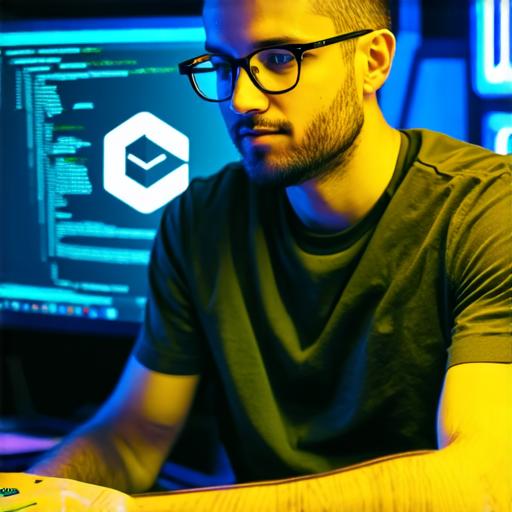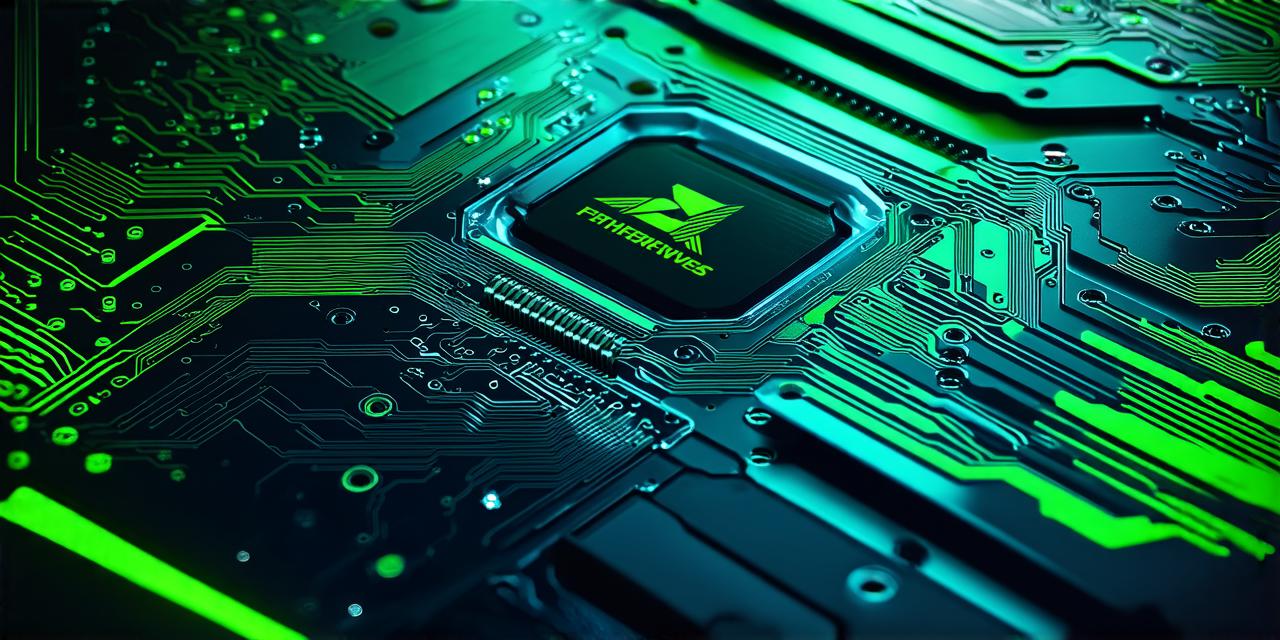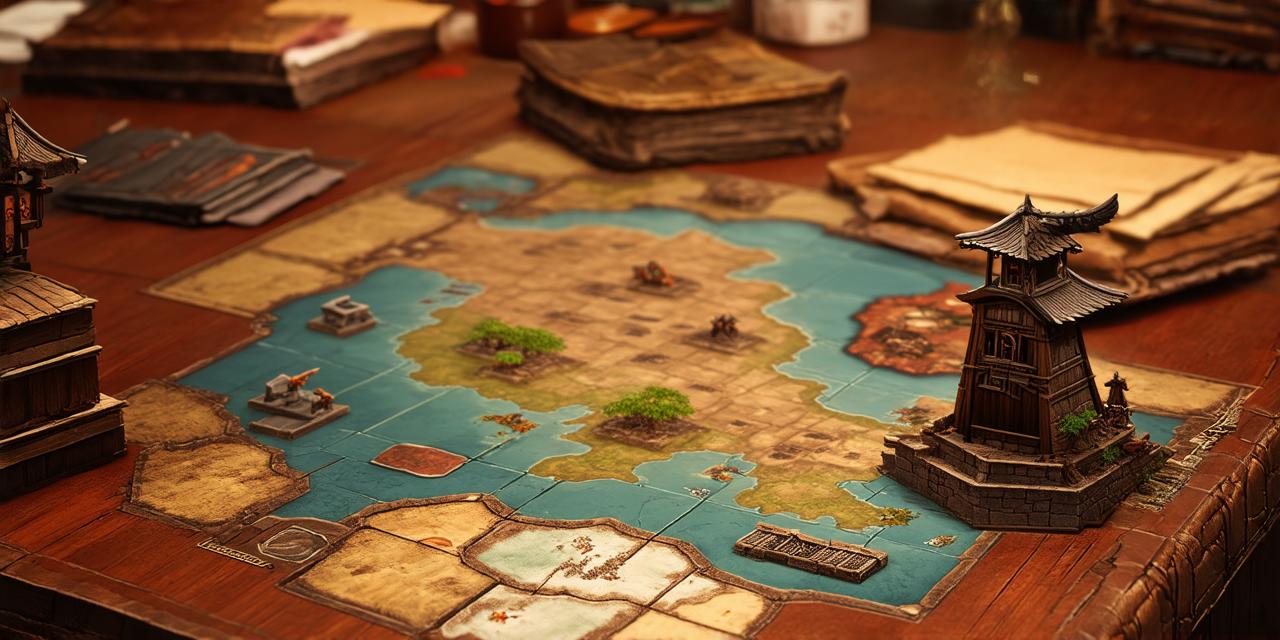If you have a passion for video games and an interest in coding, then game development is the perfect field for you. Game development involves creating interactive software applications that are designed to entertain players. It requires a combination of creativity, technical skills, and a deep understanding of computer programming.
In this guide, we will explore everything you need to know about coding for game development. We will discuss the different types of game engines available, the programming languages commonly used in game development, and the tools and techniques you can use to create your own games.
Getting Started with Game Development
Before we dive into the technical aspects of game development, it’s important to understand what goes into creating a successful game. Game development involves several stages, including conceptualization, prototyping, design, programming, testing, and deployment.
Conceptualization is the first stage of game development. During this stage, you come up with the idea for your game, decide on the genre, create a storyline, and determine the features that will be included in the game.
Prototyping involves creating a basic version of your game to test out ideas and concepts. This can be done using paper prototypes, simple code, or a game engine.
Design is the process of creating the visual and gameplay elements of your game. You will need to design characters, levels, objects, and other assets that will be included in the game.
Programming involves writing the code that will bring your game to life. This includes creating game logic, managing player input, rendering graphics, and implementing AI.
Testing involves finding bugs and errors in your game. You will need to test your game on different devices, operating systems, and hardware configurations.
Deployment is the final stage of game development, where you release your game to the public. This can be done through various channels such as app stores, online marketplaces, or social media platforms.
Types of Game Engines
Game engines are software frameworks that provide a set of tools and resources for creating games. There are several types of game engines available, each with its own strengths and weaknesses.
Unity is one of the most popular game engines used in the industry. It supports both 2D and 3D graphics, has a large community of developers, and offers a wide range of tools and resources for creating games.
Unreal Engine is another popular game engine that is known for its high-performance graphics and advanced features such as physics simulation and real-time rendering. It also supports both 2D and 3D graphics.
Construct 3 is a beginner-friendly game engine that uses drag-and-drop programming to create games. It’s easy to use and offers a wide range of templates and assets for creating games quickly.
Programming Languages Used in Game Development
There are several programming languages used in game development, each with its own strengths and weaknesses. The most common programming languages used in game development are:
- C++ is a high-performance language that is widely used in the gaming industry. It’s low-level and offers direct control over hardware resources, making it ideal for creating games that require fast and efficient performance.
- C is a popular programming language used in game development with Unity. It’s easy to learn and has a large community of developers, making it an ideal choice for beginners.
- JavaScript is another programming language commonly used in game development. It’s lightweight and fast, making it perfect for creating browser-based games that run smoothly on all devices.

Tools and Techniques for Game Development
There are several tools and techniques you can use to create your own games. Some of the most popular ones include:
- Version Control Systems (VCS) such as Git and SVN are used to manage source code and collaborate with other developers. They allow you to track changes in code, revert changes, and work on different versions of your game simultaneously.
- Debugging tools such as breakpoints, watch variables, and profilers help you identify bugs and performance issues in your code.
- Testing frameworks such as JUnit and Selenium are used to automate testing and ensure that your game works correctly on different devices and operating systems.
Game Development Best Practices
To create a successful game, it’s important to follow best practices for game development. Some of the most important best practices include:
- Keep your code organized and well-documented to make it easier for other developers to understand and maintain.
- Use version control systems to manage source code and collaborate with other developers.
- Test your game thoroughly on different devices, operating systems, and hardware configurations to ensure that it works correctly.
- Optimize your game for performance by using techniques such as caching, compression, and lazy loading.
Summary
Coding for game development is a challenging but rewarding field that requires a combination of technical skills, creativity, and a deep understanding of computer programming. By following the best practices outlined in this guide and using the tools and techniques described, you can create your own games and join the ranks of successful game developers. So what are you waiting for? Start coding today!
FAQs
Here are some frequently asked questions about game development:
1. What programming languages are used in game development?
C++, C, JavaScript are some of the commonly used programming languages in game development.
2. Which is the best game engine for beginners?
Construct 3 is a beginner-friendly game engine that uses drag-and-drop programming to create games quickly.
3. What are some tools and techniques used in game development?
Version Control Systems, Debugging tools, Testing frameworks, Optimization techniques are some of the commonly used tools and techniques in game development.
4. How can I optimize my game for performance?
You can optimize your game for performance by using techniques such as caching, compression, and lazy loading.




